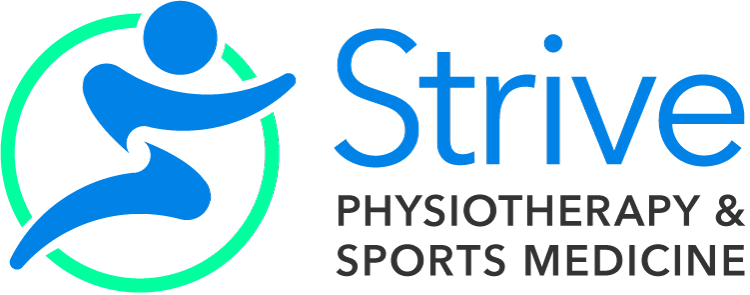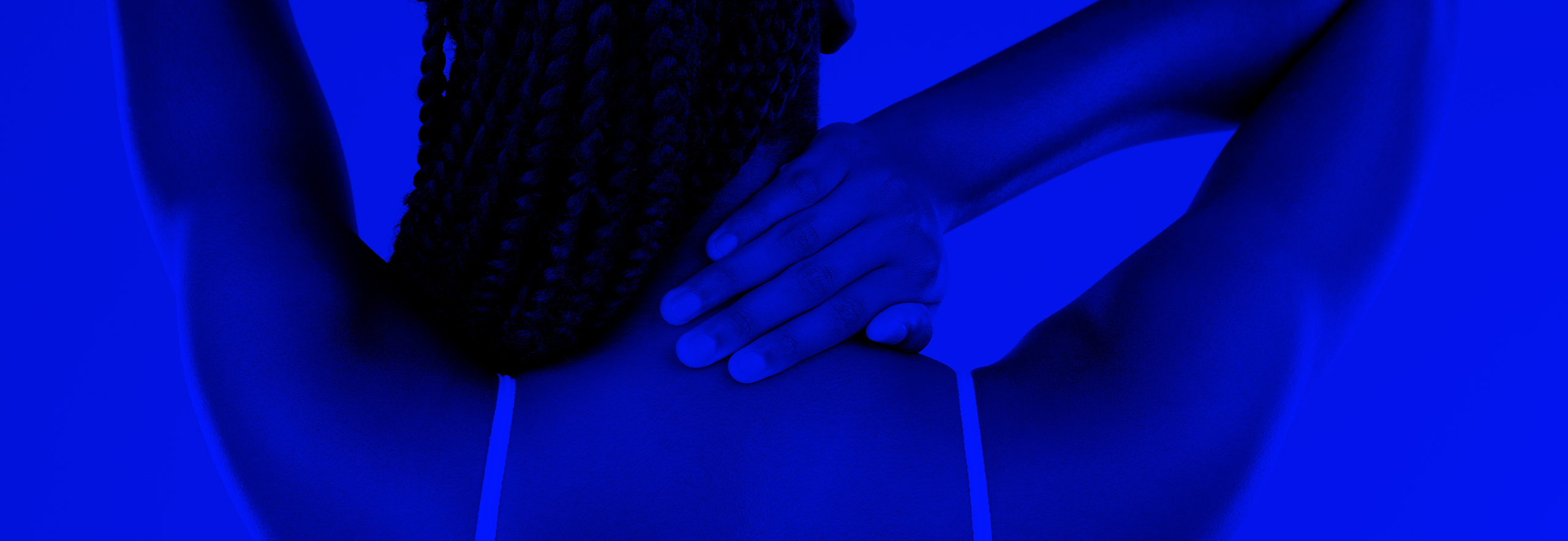What is Cervical Radiculopathy?
Cervical radiculopathy is a type of neck pain that can cause symptoms down the shoulder and arm as well; it is an injury of the nerve root within a spinal segment of the neck. ‘Cervical’ meaning ‘neck’ and the term radiculopathy coming from 2 words: the Latin word ‘radix’ meaning ‘root ‘, and the Greek word ‘patheia’ meaning ‘suffering’ – the pain or suffering coming from a nerve root injury. Nerves are responsible for what you feel, good or bad, and they also control muscle strength and contraction. In cervical radiculopathies we can see pain patterns anywhere from the neck and shoulder, all the way down to the forearm, hand and fingers. Pain following pathways of the nerve root map in the body can be called ‘radicular pain’. On top of pain along the nerve root pathways, changes in sensation (like numbness, pins and needles, deep aching/throbbing) and muscular weakness or fatigue can be present.
What Causes Cervical Radiculopathy?
With the main culprit of cervical radiculopathy being the nerve root, the question here is what are different things that can irritate that nerve root? The 2 most common causes of root irritation are 1) cervical disc herniation and 2) degenerative changes. Just like how you can herniate discs in your lumbar spine (low back), these can happen in the neck as well. Things like facial trauma, motor vehicle accidents and concussions are examples of how injury to the neck can herniate a disc. This disc material that is herniated can encroach on the nerve root and create irritation and inflammation in the surrounding neural tissue. This leads to the nerve related symptoms and pain classic to this condition. Secondly, degenerative changes in the joints of the spine can cause radiculopathy as well. As joints change and degenerate, it can create scarring, adhesions and bone thickening through the doorway that the nerve root and its structure exit out of. If the path for the nerve to exit is congested and flow is impeded, this can impact the health of the nerve root too.
Common signs and symptoms of cervical radiculopathy?
- Neck pain
- Radiating pain into the shoulder, forearm, hand and fingers
- Changes in sensation (numbness, pins and needles, hypersensitivity to light touch or temperature)
- Deep aching and throbbing in the arm and upper body
- Feelings of the arm or hand ‘falling’ asleep
How can physiotherapy help with cervical radiculopathy?
Looking at the causes of cervical radiculopathy, physiotherapy is the perfect method to improve the health of the nerve roots and decrease congestion of the exit for the nerve root and its structures. A thorough objective examination will allow your physiotherapist to determine which nerve root(s) is involved and what downstream impairments are being noted in the shoulder, arm, hands, and/or wrist. Manual therapy to the neck region is a well documented method to improving mobility of the spinal joints where the nerve roots exit out of, helping decrease congestion in that area and improving mobility of the joint and soft tissues surrounding the angry nerve root. Oftentimes muscular pain and tension accompany angry irritated nerves – in this scenario, dry needling or acupuncture can be a helpful tool to directly provide release to musculature that is surrounding an unhappy nerve. Happy muscles surrounding a nerve root can create a happier nerve and happier patient.
What Are The Best Exercises To Help With Cervical Radiculopathy?
To get started with some exercises to help you recover from your cervical radiculopathy, check out the ‘Cervical Radiculopathy Home Exercise Program’. Please keep in mind that these exercises were designed as a place to start to address your symptoms. These exercises should not be performed or continued if they cause or increase your pain in any way. Using these exercises for self-management of your symptoms does not replace the value of being assessed by a Health Professional. If you find you need help, let a Strive Health Professional help you, book your time today!
Not sure if TMD Rehabilitation can help you?
You can book a free 10-minute phone consultation with Patrick Quimio, Physiotherapist, who is dedicated to improving the quality of life for those living with TMJ Dysfunction. Please give us a call at 416-486-4776 or book a 10 min Ask a Physio Complementary Q&A appointment online.
What Exercises Can I do at Home?
Specific exercises which are helpful for one TMJ pathology may irritate another. However, breathing control and tongue positioning will decrease joint tension. Place your tongue gently on the roof of your mouth behind your front teeth. Swallow and breathe in this position. Say “Now” “Never” (and repeat). This habit will replace jaw clenching. Try doing the alphabet with your tongue. If you make it to H…. That’s great!
TMD Home Exercise Program
Please keep in mind that these exercises were designed as a place to start to address your symptoms. These exercises should not be performed or continued if they cause or increase your pain in any way. Using these exercises for self-management of your symptoms does not replace the value of being assessed by a Health Professional. If you find you need help, let a Strive Health Professional help you, book your time today!

Patrick Quimio
PT, MScPT, BKin
Registered Physiotherapist, FCAMPT
Originally from the prairies, Patrick completed his Bachelor of Kinesiology at the University of Manitoba. Because of his interest in musculoskeletal anatomy and physiology, he moved out East to complete his Master of Science in Physical Therapy at the University of Toronto. Since then, he has lived and trained in Winnipeg and Vancouver, completing various continuing education courses in: orthopaedics, exercise prescription, dry needling, acupuncture, manipulation, and therapeutic cupping.


